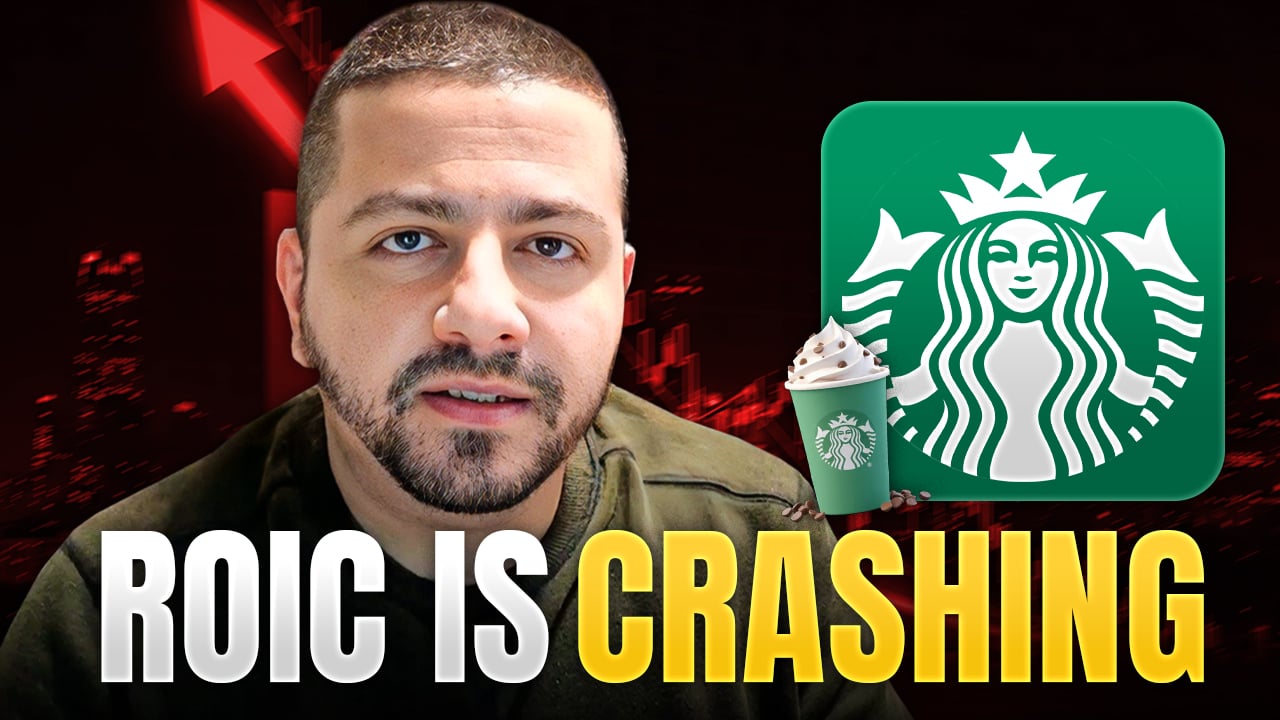Shares of Starbucks (SBUX +4.94%) ticked up in Thursday morning's trading, as traders digested an earnings report released after Wednesday's market close. Shares were up over 1.4% as of 12:14 p.m. ET, well outpacing all three major indices.

NASDAQ: SBUX
Key Data Points
It seems Wall Street largely agrees with CEO Brian Niccol that "the turnaround is taking hold." But there are warning signs that the pain for the company is far from over, and that any investors betting on the turnaround today are in for a long, bumpy ride.
Snapping a seven-quarter losing streak
For the first time since Q4 2023, Starbucks reported positive global same-store sales growth. This means that stores in operation for 12 months or longer grew sales as a whole, by 1% year over year in Starbucks' case. Analysts watch same-store sales numbers in the restaurant industry closely because declining same-store sales indicate that a company has limited growth potential, since you can only open so many new locations before the market is saturated.

Image source: Getty Images.
So growth in global same-store sales, even of just 1%, was well received by Wall Street. And while North American same-store sales didn't grow, company-operated sales for company-owned restaurants (company-operated sales comps) turned positive in September for U.S. locations.
It's a sign that the company's Green Apron initiative, launched two months ago, is succeeding in its mission to improve both customer experience and transaction comps through a combination of new hospitality training for employees and the implementation of a new sequencing algorithm. The initiative has led to average wait times of four minutes or less for 80% of U.S. locations.
Internationally, same-store sales rose by 3%, even as same-store sales for Starbucks' approximately 18,000 U.S. locations were flat.
In China, home to the second-greatest number of Starbucks stores, same-store sales grew by 2%, as the company opened its 8,000th store last quarter. This helped Starbucks achieve record international revenue for the quarter, at $2.1 billion, as locations in the U.K., Japan, and Mexico posted strong numbers as well.
Net income falls 85%
Of course, same-store sales aren't the whole picture; money coming in from new locations is just as green. And the same-store sales numbers don't reflect recent store closures. Last quarter, Starbucks closed 107 more stores than it opened, with over 600 stores closing in North America.
Partly as a result, net income fell by 85%, to $133 million. Earnings per share fell by 34%, with the fall being attributed to restructuring expenses and cost pressures. While revenue rose 5% year over year, operating margin fell by 500 basis points, to 9.4%. This seems strong at first glance, since the operating margin for the S&P 500 (^GSPC +0.79%) has historically stood at around 10%.
But restructuring costs are not factored into operating margin, as they are considered a one-time expense. Starbucks is now carrying out its $1 billion restructuring plan, the bulk of which will be carried out in fiscal 2025. So the company will be shouldering some above-average expenses for several more quarters as it completes its turnaround, even as management plans to continue closing U.S. stores.
Why investors should take a "wait and see" approach to Starbucks
In his earnings presentation, Niccol pointed to Starbucks' 15th dividend increase, announced in October, as "a token" of confidence in the company's long-term growth outlook.
"Token" is the right word. The dividend increase, taking payouts from $0.61 per share to $0.62, amounted to a 1.6% hike. For context, that's barely half the 3% inflation rate seen over the last year. Even so, it pushes the stock's payout ratio, or percentage of net earnings it spends to cover its dividend, to 103.9%.
In the long term, it's obviously unsustainable to pay more dividends than a company takes in as net income. And because Starbucks has only $4.5 billion in cash against $27.9 billion in total debt, it can't rely on deep cash reserves to cover this imbalance for the foreseeable future. The company is at great risk of having to cut its dividend, especially if macroeconomic headwinds continue to drag the entire fast-casual dining sector.
Meanwhile, the combination of falling earnings and an uptick in share price after Wednesday's earnings report have pushed Starbucks' price-to-earnings ratio to 52. The S&P 500 has an average price-to-earnings ratio of 30.
Starbucks is priced as if its turnaround is already a success story or close to it, when the numbers show there's a lot of work to be done. Investors should be cautious about buying shares for now.






